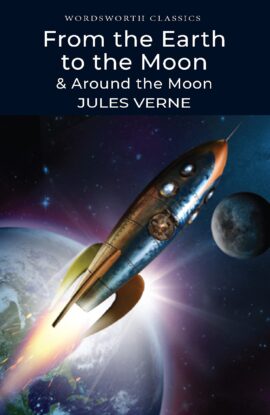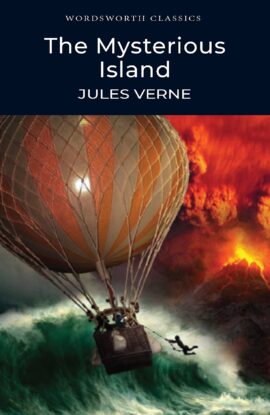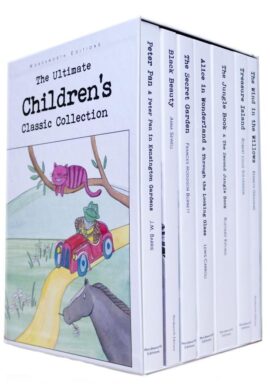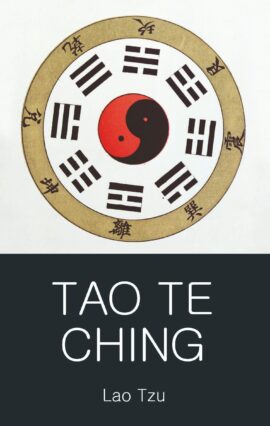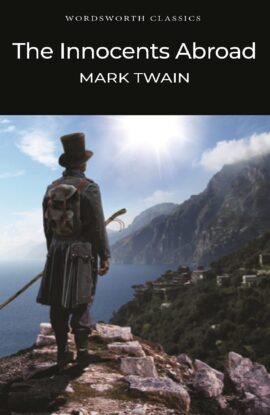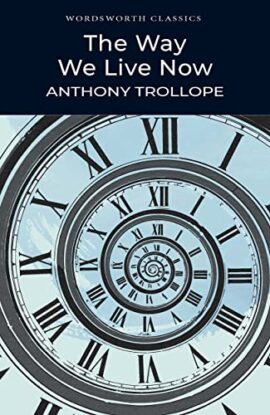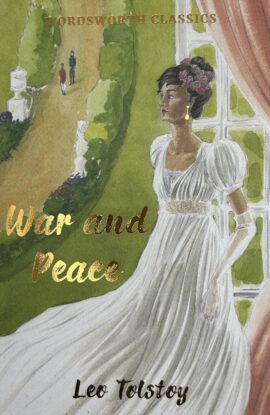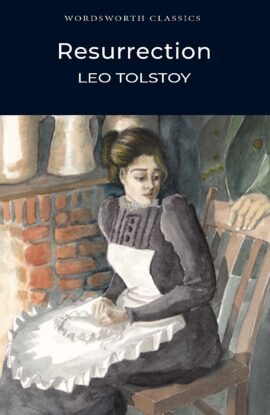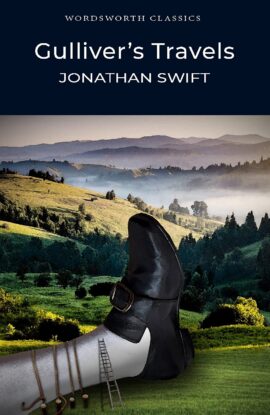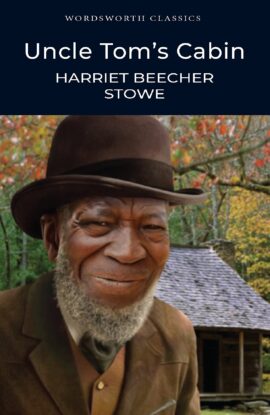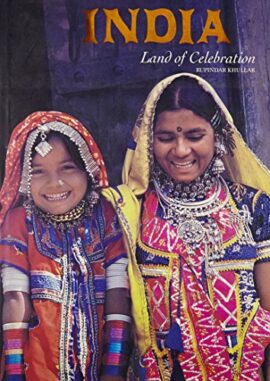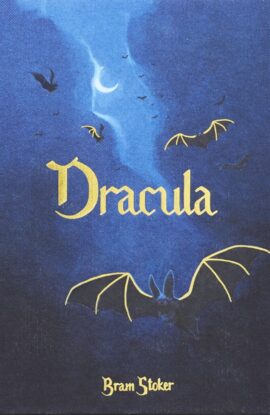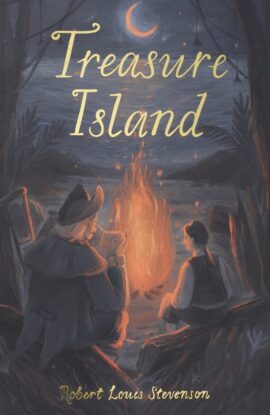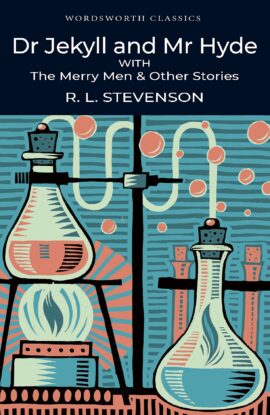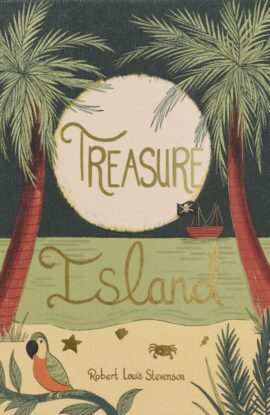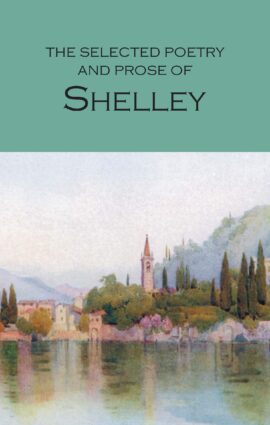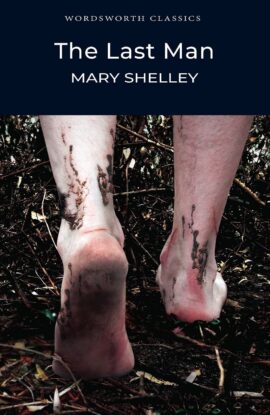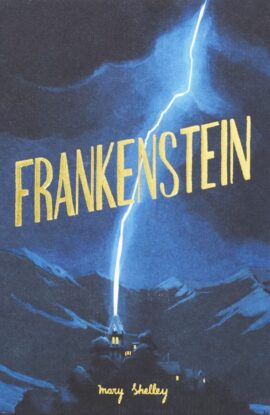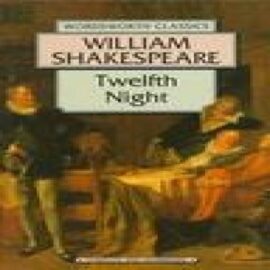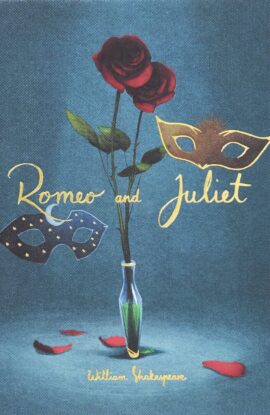Affichage de 276–300 sur 1220 résultatsTrié par popularité
From the Earth to the Moon / Around the Moon (Wordsworth Classics)
With an Introduction and Notes by Alex Dolby. JULES VERNE (1828-1905) was internationally famous as the author of novels based on extraordinary voyages. His visionary use of new travel technologies inspired his readers to look to the industrial future rather than the remote past for their dreams of adventure. The popularity of his novels led directly to modern science fiction. In From the Earth to the Moon and Around the Moon, Jules Verne turned the ancient fantasy of space flight into a believable technological possibility an engineering dream for the industrial age. Directly inspired by Verne s story, enthusiasts worked successfully at overcoming the practical difficulties, and within a century, human beings did indeed fly to the Moon. Curiously, however, Verne is unlikely to have thought it possible that a manned projectile could actually be fired out of a giant cannon, rising higher than the Moon, swinging around it, and then landing safely back on Earth. He had used the science of
The Mysterious Island (Wordsworth Classics)
The Mysterious Island by Jules Verne. With an Introduction by Alex Dolby Jules Verne (1828-1905) is internationally famous as the author of a distinctive series of adventure stories describing new travel technologies which opened up the world and provided means to escape from it. The collective enthusiasm of generations of readers of his extraordinary voyages was a key factor in the rise of modern science fiction. In The Mysterious Island a group of men escape imprisonment during the American Civil War by stealing a balloon. Blown across the world, they are air-wrecked on a remote desert island. In a manner reminiscent of Robinson Crusoe, the men apply their scientific knowledge and technical skill to exploit the island s bountiful resources, eventually constructing a sophisticated society in miniature. The book is also an intriguing mystery story, for the island has a secret...
The Ultimate Children’s Classic Collection (Wordsworth Box Sets)
The Ultimate Children's Classic Collection. The perfect gift for any book-lover, this box set contains eight of the best children's classics ever written Beautifully packaged in a ridged, matt-laminated slipcase with metallic detailing, complete with strikingly attractive, bespoke artwork, this would make an ideal Christmas present Includes:Alice in Wonderland 9781853261183The Wind in the Willows 9781853261220Treasure Island 9781853261039Black Beauty 9781853261091The Jungle Book 9781853261190The Secret Garden 9781853261046Peter Pan 9781853261206
Tao Te Ching (Wordsworth Classics of World Literature)
Tao Te Ching by Lao Tzu is the first great classic of the Chinese school of philosophy called Taoism. Within its pages is summed up a complete view of the cosmos and how human beings should respond to it. A profound mystical insight into the nature of things forms the basis for a humane morality and vision of political utopia. The ideas in this work constitute one of the main shaping forces behind Chinese spirituality, art and science, so much so that no understanding of Chinese civilisation is possible without a grasp of Taoism. This edition presents the authoritative translation by Arthur Waley, with a new Introduction reflecting recent developments in the interpretation of the work.
The Innocents Abroad (Wordsworth Classics)
The Innocents Abroad by Mark Twain. With an Introduction by Stuart Hutchinson. Who could read the programme for the excursion without longing to make one of the party? So Mark Twain acclaims his voyage from New York City to Europe and the Holy Land in June 1867. His adventures produced The Innocents Abroad, a book so funny and provocative it made him an international star for the rest of his life. He was making his first responses to the Old World - to Paris, Milan, Florence, Venice, Pompeii, Constantinople, Sebastopol, Balaklava, Damascus, Jerusalem, Nazareth, and Bethlehem. For the first time he was seeing the great paintings and sculptures of the Old Masters . He responded with wonder and amazement, but also with exasperation, irritation, disbelief. Above all he displayed the great energy of his humour, more explosive for us now than for his beguiled contemporaries.
Fathers and Sons (Wordsworth Classics)
Fathers and Sons by Ivan Sergeevich Turgenev. Fathers and Sons is one of the greatest nineteenth century Russian novels, and has long been acclaimed as Turgenev's finest work. It is a political novel set in a domestic context, with a universal theme, the generational divide between fathers and sons. Set in 1859 at the moment when the Russian autocratic state began to move hesitantly towards social and political reform, the novel explores the conflict between the liberal-minded fathers of Russian reformist sympathies and their free-thinking intellectual sons whose revolutionary ideology threatened the stability of the state. At its centre is Evgeny Bazorov, a strong-willed antagonist of all forms of social orthodoxy who proclaims himself a nihilist and believes in the need to overthrow all the institutions of the state. As the novel develops Bazarov's political ambitions become fatally meshed with emotional and private concerns, and his end is a tragic failure. The novel caused a bitter furore on its publication in 1862, and this, a year later, drove Turgenev from Russia.
Way We Live Now
The Way We Live Now by Anthony Trollope. The tough-mindedness of the social satire in and its air of palpable integrity gives this novel a special place in Anthony Trollope's Literary career. Trollope paints a picture as panoramic as his title promises, of the life of 1870s London, the loves of those drawn to and through the city, and the career of Augustus Melmotte. Melmotte is one of the Victorian novel's greatest and strangest creations, and is an achievement undimmed by the passage of time. Trollope's 'Now' might, in the twenty-first century, look like some distant disenchanted 'Then', but this is still the yesterday which we must understand in order to make proper sense of our today.
war_and_peace
War and Peace by Leo Tolstoy. War and Peace is a vast epic centered on Napoleons war with Russia. While it expresses Tolstoy's view that history is an inexorable process which man cannot influence, he peoples his great novel with a cast of over five hundred characters. Three of these, the artless and delightful Natasha Rostov, the world-weary Prince Andrew Bolkonsky and the idealistic Pierre Bezukhov illustrate Tolstoy's philosophy in this novel of unquestioned mastery. This translation is the one which received Tolstoys approval.
Resurrection (Wordsworth Classics)
Resurrection by Leo Tolstoy This powerful novel, Tolstoy's third major masterpiece, after War and Peace and Anna Karenina, begins with a courtroom drama (the finest in Russian literature) all the more stunning for being based on a real-life event. Dmitri Nekhlyudov, called to jury service, is astonished to see in the dock, charged with murder, a young woman whom he once seduced, propelling her into prostitution. She is found guilty on a technicality, and he determines to overturn the verdict. This pitches him into a hellish labyrinth of Russian courts, prisons and bureaucracy, in which the author loses no opportunity for satire and bitter criticism of a state system (not confined to that country) of cruelty and injustice. This is Dickens for grown-ups, involving a hundred characters, Crime and Punishment brought forward half a century. With unforgettable set-pieces of sexual passion, conflict and social injustice, Resurrection proceeds from brothel to court-room, stinking cells to offices of state, luxury apartments to filthy life in Siberia. The ultimate crisis of moral responsibility embroils not only the famous author and his hero, but also you and me. Can we help resolve the eternal issues of law and imprisonment?
Gulliver’s Travels
Gulliver's Travels by Jonathan SwiftJonathan Swift's classic satirical narrative was first published in 1726, seven years after Defoe's Robinson Crusoe (one of its few rivals in fame and breadth of appeal). As a parody travel-memoir it reports on extraordinary lands and societies, whose names have entered the English language: notably the minute inhabitants of Lilliput, the giants of Brobdingnag, and the Yahoos in Houyhnhnmland, where talking horses are the dominant species. It spares no vested interest from its irreverent wit, and its attack on political and financial corruption, as well as abuses in science, continue to resonate in our own times.
Uncle Tom’s Cabin (Wordsworth Classics)
Editedand with an Introduction and Notes by Dr Keith Carabine. University of Kent at Canterbury.Uncle Tom's Cabin is the most popular, influential and controversial book written by an American. Stowe's rich, panoramic novel passionately dramatises why the whole of America is implicated in and responsible for the sin of slavery, and resoundingly concludes that only 'repentance, justice and mercy' will prevent the onset of 'the wrath of Almighty God!'.The novel gave such a terrific impetus to the crusade for the abolition of slavery that President Lincoln half-jokingly greeted Stowe as'the little lady' who started the great Civil War. As Keith Carabine argues in his lively and provocative Introduction, the novel immediately provoked a storm of competing and contradictory responses among Northern and Southern readers, moderate and radical abolitionist groups, blacks and women, with regard to issues of form, genre, politics, religion, race and gender, that are still of great interest because they anticipate the concerns that vex and divide modern readers and critical constituencies.
India: Land of Celebration
Dracula and Dracula's Guest & Other Stories Edited and Introduced by David Stuart DaviesThe above is followed with a rich collection of Stoker's macabre tales including Dracula's Guest (which was omitted from the final version of Dracula): a devilishly dangerous haunted room in 'The Judge's House': a fatalistic tragedy in 'The Burial of the Rats': a terror of revenge from beyond the grave in 'The Secret of Growing Gold', and a surprising twist in the tail in 'The Gypsy's Prophecy'. Other strange and frightening episodes provide a feast of terror for those readers who like to be unnerved as well as entertained.DraculaIntroduction and Notes by Dr David Rogers, Kingston University'There he lay looking as if youth had been half-renewed, for the white hair and moustache were changed to dark iron-grey, the cheeks were fuller, and the white skin seemed ruby-red underneath: the mouth was redder than ever, for on the lips were gouts of fresh blood, which trickled from the corners of the mouth and ran over the chin and neck. Even the deep, burning eyes seemed set amongst the swollen flesh, for the lids and pouches underneath were bloated. It seemed as if the whole awful creature were simply gorged with blood: he lay like a filthy leech, exhausted with his repletion.' Thus Bram Stoker, one of the greatest exponents of the supernatural narrative, describes the demonic subject of his chilling masterpiece Dracula a truly iconic and unsettling tale of vampirism.
Dracula (Wordsworth Collector’s Editions)
Dracula by Bram Stoker'There he lay looking as if youth had been half-renewed, for the white hair and moustache were changed to dark iron-grey, the cheeks were fuller, and the white skin seemed ruby-red underneath: the mouth was redder than ever, for on the lips were gouts of fresh blood, which trickled from the corners of the mouth and ran over the chin and neck. Even the deep, burning eyes seemed set amongst the swollen flesh, for the lids and pouches underneath were bloated. It seemed as if the whole awful creature were simply gorged with blood: he lay like a filthy leech, exhausted with his repletion.'Thus Bram Stoker, one of the greatest exponents of the supernatural narrative, describes the demonic subject of his chilling masterpiece Dracula, a truly iconic and unsettling tale of vampirism.
Treasure Island (Wordsworth Exclusive Collection)
Treasure Island by Robert Louis Stevenson "Fifteen men on the dead man's chest-Yo-ho-ho and a bottle of rum!" Treasure Island is a tale of pirates and villains, maps, treasure and shipwreck, and is perhaps the best adventure story ever written. When young Jim Hawkins finds a packet in Captain Flint's sea chest, he could not know that the map inside it would lead him to unimaginable treasure. Shipping as cabin boy on the Hispaniola, he sails with Squire Trelawney, Captain Smollett, Dr Livesey, the sinister Long John Silver and a frightening crew to Treasure Island. There, mutiny, murder and mayhem lead to a thrilling climax.
Treasure Island (Wordsworth Classics)
Treasure Island by Robert Louis Stevenson. 'Fifteen men on the dead man's chest-Yo-ho-ho and a bottle of rum!' Treasure Island is a tale of pirates and villains, maps, treasure and shipwreck, and is perhaps the best adventure story ever written. When young Jim Hawkins finds a packet in Captain Flint's sea chest, he could not know that the map inside it would lead him to unimaginable treasure. Shipping as cabin boy on the Hispaniola, he sails with Squire Trelawney, Captain Smollett, Dr Livesey, the sinister Long John Silver and a frightening crew to Treasure Island. There, mutiny, murder and mayhem lead to a thrilling climax.
Dr Jekyll and Mr Hyde (Wordsworth Classics)
Dr. Jekyll and Mr. Hyde by Robert Louis Stevenson. Introduction and Notes by Dr Tim Middleton, Head of English Studies, University of Ripon and York In seeking to discover his inner self, the brilliant Dr Jekyll discovers a monster. First published to critical acclaim in 1886, this mesmerising thriller is a terrifying study of the duality of man's nature. Also included in this volume is Stevenson's 1887 collection of short stories, The Merry Men and Other Tales and Fables. The Merry Men is a gripping Highland tale of shipwrecks and madness: Markheim, the sinister study of the mind of a murderer: Thrawn Janet, a spine-chilling tale of demonic possession: Olalla a study of degeneration and incipient vampirism in the Spanish mountains: Will O'the Mill, a thought-provoking fable about a mountain inn-keeper: and The Treasure of Franchard, a study of French bourgeois life.
Treasure Island (Wordsworth Collector’s Editions)
Treasure Island by Robert Louis Stevenson. Treasure Island is the seminal pirates and buried treasure novel, which is so brilliantly concocted that it appeals to readers both young and old. The story is told in the first person by young Jim Hawkins, whose mother keeps the Admiral Benbow Inn. An old seadog, a resident at the inn, hires Jim to keep a watch out for other sailors whom he fears but, despite all precautions, the old man is served with the black spot which means death. Among the dead man's belongings Jim discovers a map showing the location of the buried treasure of the notorious pirate Captain Flint. It is not long before he, along with Doctor Livesey and Squire Trelawney, sets sail to find the treasure. However, amongst the hired hands is the one-legged Long John Silver who has designs on the treasure for himself. The continuing fascination with this tale of high drama, buried treasure and treachery bears out what Stevenson wrote about the book to his friend W. E. Henley: 'if this don't fetch the kids, why, they have gone rotten since my day.' The book not only continues to 'fetch the kids' but the grown-ups too in fact all those with the spirit of adventure in their hearts. About our Collector's Editions: These new compact hardbacks will be cloth-bound, with matching coloured end papers, embossed gold and coloured blocking to enhance their beautiful, bespoke cover illustrations. The trim page size is 178 x 129mm.
Dr. Jekyll and Mr. Hyde (Wordsworth Collector’s Editions)
Dr. Jekyll and Mr. Hyde by Robert Louis StevensonIn seeking to discover his inner self, the brilliant Dr Jekyll discovers a monster. First published to critical acclaim in 1886, this mesmerising thriller is a terrifying study of the duality of man's nature, and it is the book which established Stevenson's reputation as a writer.Also included in this volume is Stevenson's 1887 collection of short stories, The Merry Men and Other Tales and Fables.The Merry Men is a gripping Highland tale of shipwrecks and madness: Markheim, the sinister study of the mind of a murderer: Thrawn Janet, a spine-chilling tale of demonic possession: Olalla, a study of degeneration and incipient vampirism in the Spanish mountains: Will O' the Mill, a thought-provoking fable about a mountain inn-keeper: and The Treasure of Franchard, a study of French bourgeois life.
The Works Of P. B. Shelley
With an Introduction, Notes and Bibliography by Dr Bruce Woodcock, Senior Lecturer in English, University of Hull.Shelley's short, prolific life produced some of the most memorable and well-known lyrics of the Romantic period. But he was also the most radical writer in the English literary tradition of his day, a fiery political visionary committed to social change and progress.The generous selection in this volume represents the wide range of his writing, both poetry and prose. Arranged chronologically, the accompanying introductory essays set Shelley's works in their historical, social and political context. They provide a vivid insight into the life and times of this volcanic spirit whose inspiring voice called on the people of England to: 'Rise like lions after slumberIn unvanquishable number:Shake your chains to earth like dewWhich in sleep had fallen on you.Ye are many, they are few.'(The Mask of Anarchy)
The Last Man (Wordsworth Classics)
The Last Man by Mary Wollstonecraft Shelley. With an Introduction and Notes by Dr Pamela Bickley, The Godolphin and Latymer School, formerly of Royal Holloway, University of London The Last Man is Mary Shelley's apocalyptic fantasy of the end of human civilisation. Set in the late twenty-first century, the novel unfolds a sombre and pessimistic vision of mankind confronting inevitable destruction. Interwoven with her futuristic theme, Mary Shelley incorporates idealised portraits of Shelley and Byron, yet rejects Romanticism and its faith in art and nature. Mary Wollstonecraft Shelley (1797-1851) was the only daughter of Mary Wollstonecraft, author of Vindication of the Rights of Woman, and the radical philosopher William Godwin. Her mother died ten days after her birth and the young child was educated through contact with her father's intellectual circle and her own reading. She met Percy Bysshe Shelley in 1812: they eloped in July 1814. In the summer of 1816 she began her first and most famous novel, Frankenstein. Three of her children died in early infancy and in 1822 her husband was drowned. Mary returned to England with her surviving son and wrote novels, short stories and accounts of her travels: she was the first editor of P.B.Shelley's poetry and verse.
Frankenstein (Wordsworth Classics)
Frankenstein by Mary Shelley. Conceived from a nightmare, Frankenstein, is the deeply disturbing story of a monstrous creation which has terrified and chilled readers since its first publication in 1818. The novel has thus seared its way into the popular imagination while establishing itself as one of the pioneering works of modern science fiction.
Frankenstein (Wordsworth Collector’s Editions)
Frankenstein by Mary Shelley is the classic gothic horror novel which has thrilled and engrossed readers for two centuries. Written by Mary Shelley, it is a story which she intended would 'curdle the blood and quicken the beatings of the heart.' The tale is a superb blend of science fiction, mystery and thriller. Victor Frankenstein driven by the mad dream of creating his own creature, experiments with alchemy and science to build a monster stitched together from dead remains. Once the creature becomes a living breathing articulate entity, it turns on its maker and the novel darkens into tragedy. The reader is very quickly swept along by the force of the elegant prose, the grotesque, surreal imagery, and the multi-layered themes in the novel. Although first published in 1818, Shelley's masterpiece still maintains a strong grip on the imagination and has been the inspiration for numerous horror movies, television and stage adaptations.
Winter’s Tale (Wordsworth Classics)
Winter's Tale by William Shakespeare. Edited, introduced and annotated by Cedric Watts, Research Professor of English, University of Sussex The Winter's Tale, one of Shakespeare's later romantic comedies, offers a striking and challenging mixture of tragic and violent events, lyrical love-speeches, farcical comedy, pastoral song and dance, and, eventually, dramatic revelations and reunions. Thematically, there is a rich orchestration of the contrasts between age and youth, corruption and innocence, decline and regeneration. Both Leontes' murderous jealousy and Perdita's love-relationship with Florizel are eloquently intense. In the theatre, The Winter's Tale often proves to be diversely entertaining and deeply moving.
Twelfth Night
Edited, Introduced and Annotated by Cedric Watts, M.A., Ph.D., Emeritus Professor of English, University of Sussex.The Wordsworth Classics' Shakespeare's Series presents a newly-edited sequence of William Shakespeare's works. The textual editing takes account of recent scholarship while giving the material a careful reappraisal.Variously melancholy, lyrical, joyous and farcical, Twelfth Night has long been a popular comedy with Shakespearian audiences. The main plot revolves around mistaken identities and unrequited love. Both Olivia and Orsino are attracted to Viola, who is disguised as a young man: and Viola's brother, Sebastian, finds that he is loved not only by Antonio but also by Olivia.Meanwhile, in the comic sub-plot, Sir Toby Belch and his companions outwit the vain Malvolio, who is ludicrously humiliated. While offering broad comedy, Twelfth Night teasingly probes gender-roles and sexual ambiguities.
Romeo and Juliet (Wordsworth Collector’s Editions)
Romeo and Juliet by William ShakespeareRomeo and Juliet is the world's most famous drama of tragic young love. Defying the feud which divides their families, Romeo and Juliet enjoy the fleeting rapture of courtship, marriage and sexual fulfilment: but a combination of old animosities and new coincidences brings them to suicidal deaths.This play offers a rich mixture of romantic lyricism, bawdy comedy, intimate harmony and sudden violence. Long successful in the theatre, it has also generated numerous operas, ballets and films: and these have helped to make Romeo and Juliet perennially topical. The Wordsworth Classics' Shakespeare Series presents a newly-edited sequence of William Shakespeare's works. The textual editing takes account of recent scholarship while giving the material a careful reappraisal.








